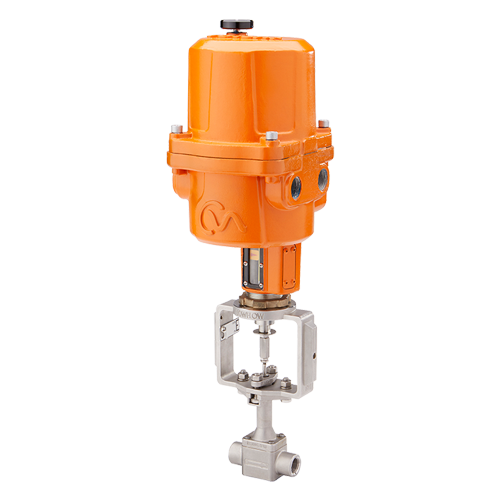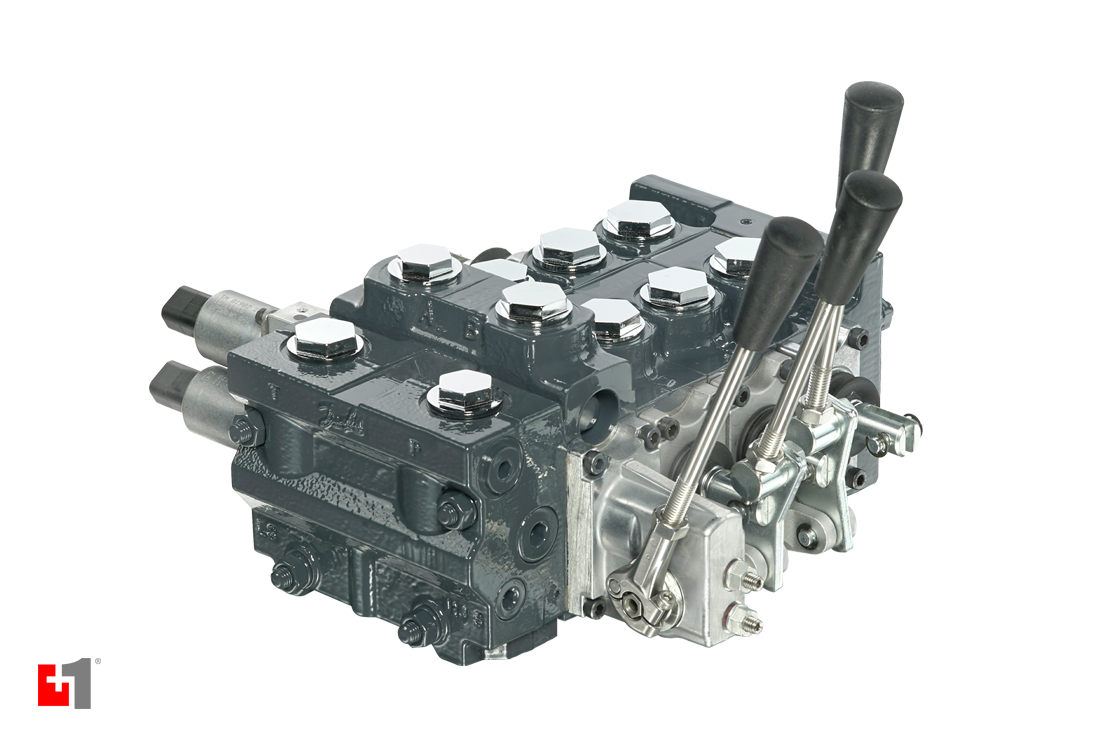Enhancing Operational Performance with Advanced Control Valves
Enhancing Operational Performance with Advanced Control Valves
Blog Article

Maximize Energy Savings and Convenience With Advanced Structure Automation Controls
In the realm of modern-day design and facility monitoring, the assimilation of advanced structure automation regulates stands as a pivotal innovation. By taking advantage of the power of automation, buildings can adapt, respond, and evolve in ways that were when unthinkable.
Power Efficiency Advantages
Energy performance benefits can substantially lower energy intake and operational expenses in structures. Energy-efficient systems, such as innovative building automation controls, can optimize the use of resources like lighting, cooling, and heating, leading to reduced energy expenses over time.
Moreover, improved power performance can lengthen the life-span of building tools and systems. By operating extra efficiently, a/c systems, lighting fixtures, and other building parts experience much less deterioration, resulting in reduced maintenance and replacement prices. Additionally, energy-efficient structures usually regulate higher residential or commercial property worths and rental prices, giving lasting monetary advantages to proprietors.
In addition, power effectiveness can enhance passenger convenience and performance. Properly controlled interior environments with optimum lights and thermal conditions develop an even more positive and helpful office, bring about enhanced worker complete satisfaction and performance. In general, the energy performance benefits related to innovative structure automation controls are complex, including cost savings, ecological stewardship, and resident health.
Boosted Comfort Control
Enhancing comfort control in structure settings requires a sophisticated integration of innovative automation systems for optimal occupant well-being. By utilizing innovative structure automation controls, facilities can tailor the interior setting to fulfill the details demands and preferences of owners. These systems allow precise policy of illumination, ventilation, and temperature level, producing a comfortable and efficient atmosphere. Occupant contentment and efficiency are closely connected to thermal convenience, making it necessary to have systems in area that can adapt to transforming conditions in real-time.
By incorporating these innovative controls, structures can not only enhance convenience yet likewise boost power efficiency by optimizing system operations based on real occupancy and use patterns. Ultimately, focusing on owner convenience via advanced automation systems leads to a more delightful and healthier interior setting.
Functional Effectiveness Improvements

Additionally, the implementation of real-time surveillance and analytics devices enables structure drivers to identify power ineffectiveness and operational abnormalities immediately. By constantly keeping track of power use patterns and system performance metrics, changes can be made in real-time to optimize power consumption and make sure peak operational performance. control valves. Furthermore, including demand action approaches into structure automation controls can better enhance operational effectiveness by dynamically adjusting power use based on grid conditions and pricing signals
Indoor Environment Optimization
Reliable interior environment optimization is a basic aspect of building automation controls, making sure passengers' comfort and health while maximizing energy financial savings. By making use of sophisticated sensors and controls, building automation systems can constantly keep an eye on and adjust temperature level, humidity degrees, air top quality, and ventilation to produce an ideal interior setting. Maintaining comfortable and regular problems not only boosts passenger satisfaction however also increases productivity and overall health.
Interior environment optimization also plays a vital function in energy effectiveness. By fine-tuning heating, air conditioning, navigate here and air flow systems based on real-time information and tenancy patterns, building automation controls can dramatically reduce power usage - control valves. For example, carrying out approaches such as demand-controlled air flow and thermal zoning can help lessen power waste while making certain that each location of the structure obtains the needed conditioning.

Lasting Environment Production
Building automation regulates not only optimize indoor climate problems for energy effectiveness and owner comfort however additionally lay the foundation for producing a sustainable atmosphere with strategic administration of sources and systems. By incorporating sophisticated structure automation modern technologies, such as sensing units, actuators, and smart software Look At This program, centers can check and adjust energy usage in real-time to lessen waste and minimize their carbon footprint. These systems allow predictive maintenance, determining possible concerns before they escalate and optimizing devices performance to improve long life and efficiency.
Moreover, lasting atmosphere development extends beyond energy monitoring to incorporate water conservation, waste decrease, and indoor air quality improvement. Building automation controls can manage water usage, find leakages, and guarantee appropriate garbage disposal practices, contributing to general sustainability efforts. Additionally, by keeping track of and regulating air flow and filtering systems, these modern technologies improve occupant health and performance while reducing power usage connected with a/c operations.
Verdict
Finally, progressed building automation regulates deal significant benefits in terms of power financial savings, comfort control, operational effectiveness, indoor environment optimization, and producing a lasting environment. By applying these controls, buildings can accomplish optimal efficiency while lowering energy usage and improving owner convenience. It appears that making use of sophisticated automation technology is crucial in enhancing building efficiency and developing a more sustainable future.
Power performance advantages can considerably reduce power usage and operational prices in structures. On the whole, the power efficiency benefits connected with sophisticated structure automation controls are diverse, including price financial savings, environmental stewardship, and occupant wellness.
Additionally, incorporating demand reaction techniques into building automation controls can additionally improve operational performance by dynamically readjusting energy use based on grid conditions and prices signals.
Structure automation regulates not just optimize indoor climate problems for energy efficiency and resident comfort yet also lay the foundation for developing a lasting Continue setting with strategic management of resources and systems.In final thought, advanced building automation regulates deal considerable advantages in terms of energy cost savings, convenience control, functional performance, interior climate optimization, and producing a sustainable setting.
Report this page